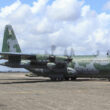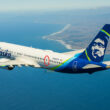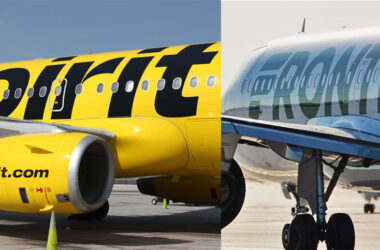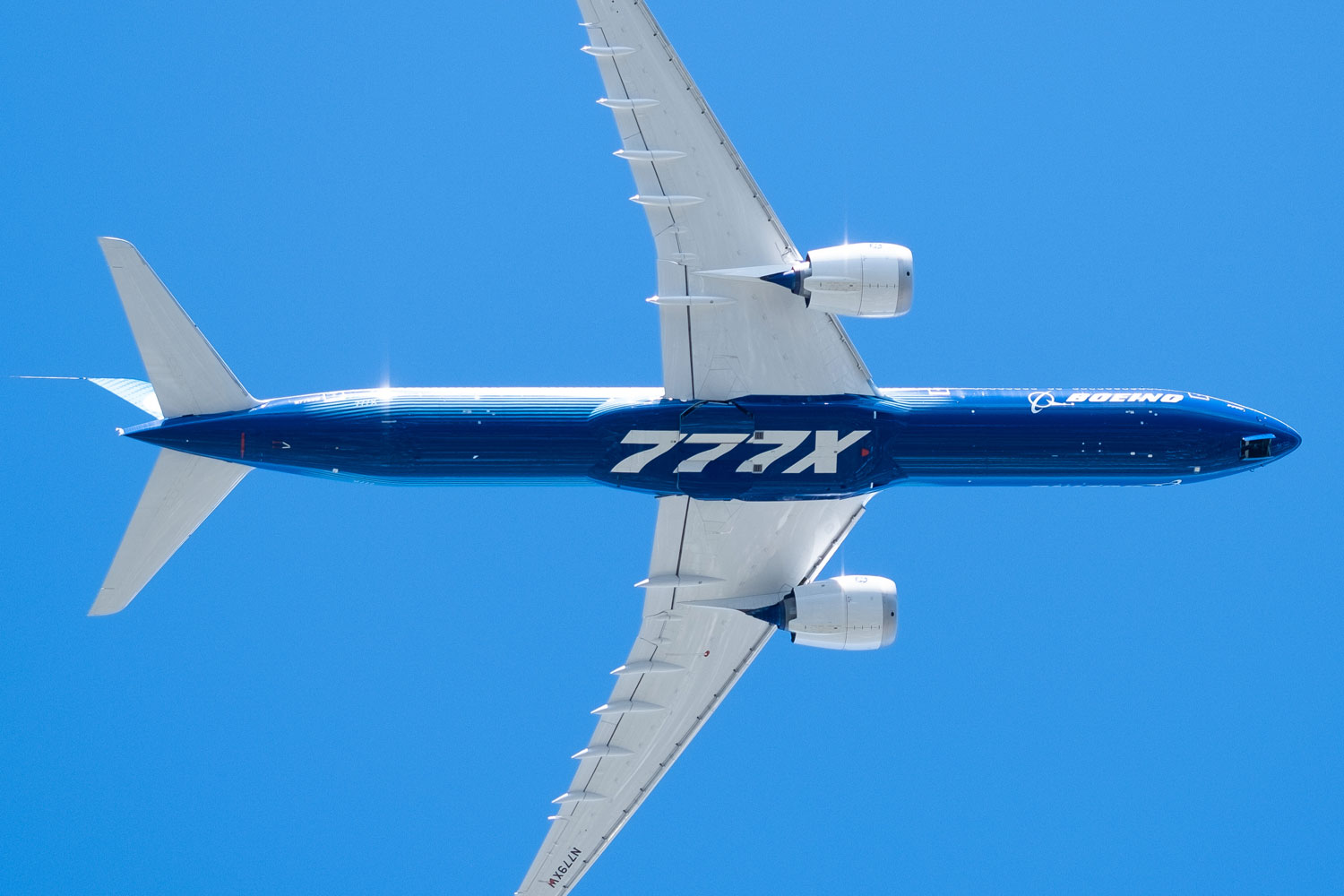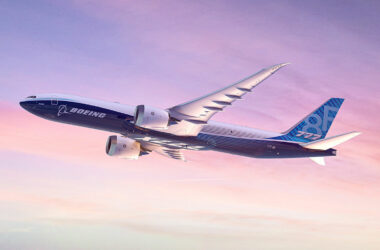An Alaska Airlines Boeing 737 MAX 9 suffered an in-flight decompression after losing a section of a disabled emergency exit at about 16,000 feet altitude (4,870 meters) on January 5.
The pilots managed to get the aircraft back to Portland Airport, from where it had taken off on flight AS 1282, safely. There were 171 passengers and six crew on board, according to the airline.
Hours after the incident, Alaska Airlines announced the grounding of its 65 737 MAX, as a precautionary measure until it inspects each aircraft, in conjunction with the FAA (Federal Aviation Administration).
“Each aircraft will be returned to service only after completion of full maintenance and safety inspections. We anticipate all inspections will be completed in the next few days,” Alaska CEO Ben Minicucci said in a statement.
An Alaska Airlines flight was forced to return to Portland International Airport after a section of the fuselage suddenly blew out of the plane Friday evening with a big boom and a rush of air through a gaping hole.https://t.co/GxzCvAsNqD pic.twitter.com/WgAYEXqXTA
— The Oregonian (@Oregonian) January 6, 2024
Flight AS 1282 took off from Portland Airport at 5:06 pm on Friday, bound for Ontario, California. After beginning the ascent, the aircraft registration number N704AL suffered a decompression around six minutes later when an entire fuselage panel ruptured.
The part replaces an emergency door on the 737-9 that is used in cabin configurations with more seats. In Alaska, however, the Boeing jet only has 178 seats in two classes.
Video recordings from passengers show the aircraft flying back to Porland, with oxygen masks deployed. Despite this, no person suffered injuries, only one child had an item of clothing ripped off by decompression.

The incident comes days after Alaska Airlines celebrated the arrival of its first Boeing 737 MAX 8 and shared ambitious plans to expand its fleet of narrow-body jets.
Follow Air Data News: Google News | Instagram | LinkedIn | Twitter | Facebook
Boeing has come under intense scrutiny over its family of aircraft after two fatal crashes caused by a design error in a safety system.
The aircraft manufacturer has been pressing the FAA to issue type certification for the 737 MAX 7 model that has been waiting for almost five years to enter service.


